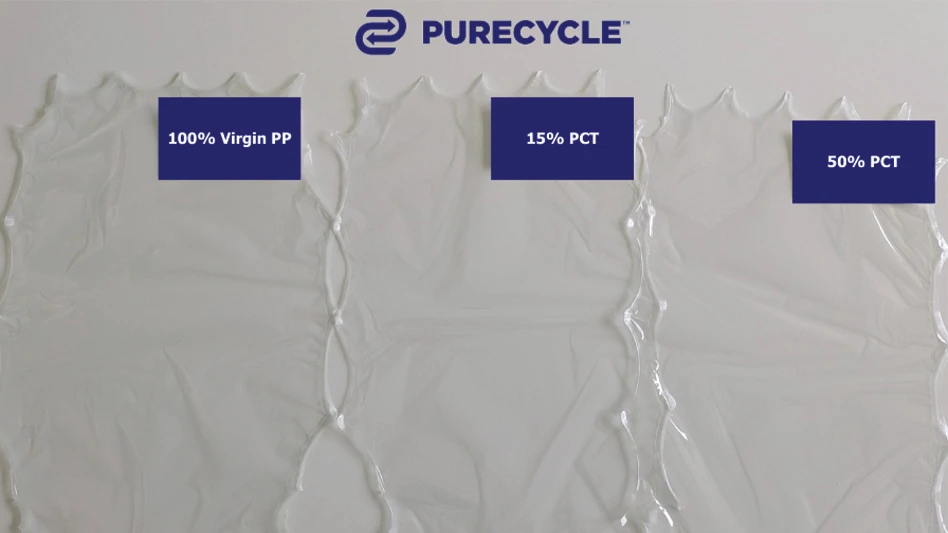
Photo courtesy of ArcelorMittal
At a late-May working group meeting of some members of Eurometal, a Luxembourg-based association of steel and metals distributors, considerable doubt was expressed about the effectiveness of the looming European Union carbon border adjustment mechanism (CBAM) system.
Eurometal's SSC Arbeitskreis (Steel Service Center Working Group) brought together members from Germany, Austria, the Netherlands and Belgium. “The somber mood reflected concerns over the impact of the CBAM on the future of European steel processing,” the organization says.
More than two dozen steel executives grappled with the current economic climate—German and global—alongside pressing issues like decarbonization, energy efficiency, workforce security and distribution challenges.
“However, decarbonization, particularly CBAM, dominated the discussions,” Eurometal says.
In particular, attendees said their customers could choose to seek workarounds to CBAM, thus threatening service centers in the EU.
CBAM, designed to place a tariff on embedded carbon in imported metal when it exists beyond a certain threshold, will not fully be in place until January 2026.
The working group said already-detected efforts by Asia-based steelmakers and suppliers that involved “looking for workaround solutions” are threatening the European metalforming industry and service centers and, ultimately, European steel mills.
At about the same time the Eurometal working group was meeting, the secretary general of the Malaysia-based South East Asia Iron and Steel Institute (SEAISI) issued an essay describing the “de-greening” of the steel industry in that part of the world.
While Yeoh Wee Jin of SEAISI did not specifically refer to China in his essay, much of the newer and planned capacity in Malaysia and neighboring countries has been made by China-based steelmakers using virgin raw materials and carbon emissions-intensive blast furnace/basic oxygen furnace (BOF) technology.
The result has been an electric arc furnace (EAF) presence in Southeast Asia that could be on its way down from a high of about 95 percent in 2011 to as low as 38 percent in 2028.
China, the world’s largest steel producer, also relies more heavily on blast furnace/BOF technology compared with the high recycled-content EAF method. And while India has numerous small to medium-sized recycled-content melt shops, most of its conglomerate-owned or state-affiliated steel capacity consists of emissions-intensive BOF mills.
With steel producers in many parts of Asia seeming to show a preference for “business as usual” rather than investing in emissions reduction, the Eurometal members see trouble ahead.
Eurometal members say some of their largest customers, which they describe as first-tier, are looking for external alternatives outside European borders and opting to import ready-to-use steel products to circumvent the regulation.
Thus, a regulation designed to boost the production and consumption of EU-made steel and metal could instead “throw another wrench into an already challenging situation,” the organization says.
In the meantime, the Eurometal working group says ongoing dialogue and collaboration within the industry will be necessary to navigate the current complexities and develop solutions. On that front, the working group intends to meet again in the first half of 2025.
“The future of European steel processing hinges on the industry’s ability to adapt to the demands of CBAM while remaining competitive," Eurometal says. "Collaboration and innovation will likely be key to weathering this storm.”
Latest from Recycling Today
- Freight sector analysts fear container shipping chaos
- SK Tes to open ITAD facility in Ireland
- Umicore forecasts 2025 profits in line with last year
- Lautenbach Recycling names business development manager
- Sebright Products partners with German waste management equipment company
- WasteExpo transitions to biennial format for enhanced experiences
- Study highlights progress, challenges in meeting PCR goals for packaging
- Washington legislature passes EPR bill





